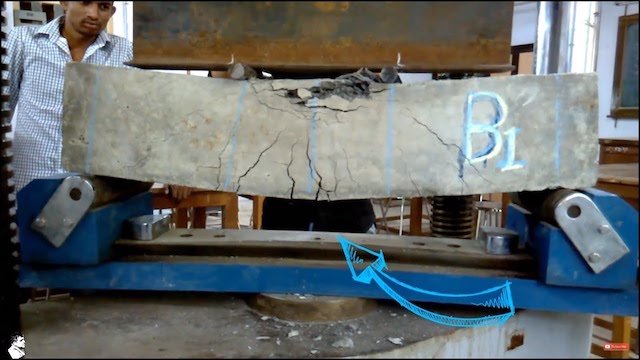
The two existing ASTM standards recommend a ratio of 16:1 while the draft document specifies 32:1. This is typically specified as the ratio of the support span length (s) to the beam thickness (t). But even this factor is tempered somewhat by the fact that the local stress concentrations can still make the loading point locations the critical sections.įinally, the length of the beam must be selected.

That is, a greater volume of the beam is subjected to the maximum bending moment. For four-point loading, the bending moment is uniformly maximum between the loading points. For three-point loading, the maximum bending moment occurs only at the center of the beam. One additional consideration should be noted. This also suggests that three-point loading is also a favorable configuration, but that the central loading should be spread out to avoid high local stress concentrations. That is, if the beam were loaded by two discrete forces near the center of the beam, the maximum local force would approach one-half that in the three-point loaded beam and the maximum shear force would be no higher than for three-point loading. One interesting extrapolation is that if the loading points are progressively moved even closer to the center of the beam, as they approach the limit (of becoming a single central force) the maximum local force and the maximum shear force both approach 1/2 P ("P" represents the applied load).

Three-point loading is superior in this case. Likewise, it is desirable to minimize the maximum shear force, to reduce the possibility of inducing unwanted shear failures in the beam, which would invalidate the flexure test results. Third-point loading is the most favorable. Of greater interest is the magnitude of the maximum local force, since this induces local stress concentrations in the beam and, possibly, degraded flexural strength.


 0 kommentar(er)
0 kommentar(er)
